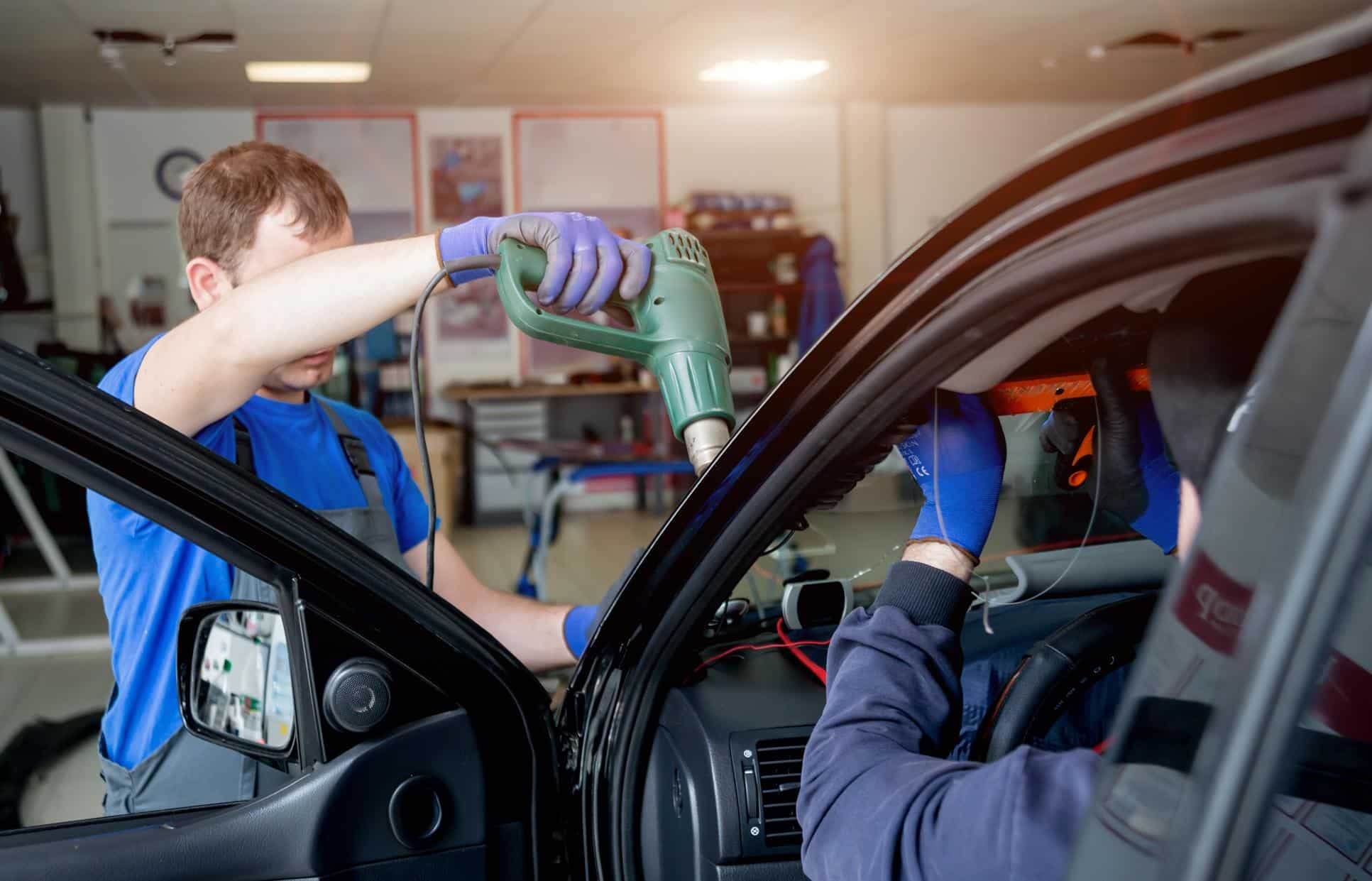What’s the latest with the UAW and the strikes?

You have likely heard about the huge UAW strike against Detroit’s big automakers: Ford, GM and Stellantis. The four-week-long (and counting) strike has been an impressive display of Labor at its best, but it isn’t over yet — especially in the wake of President Biden’s extraordinary show of support on the picket lines.
The UAW president, Shawn Fain, however, announced on Friday, October 6, that they would not expand the strike as they did on previous Fridays. Instead, the union chief announced the carmakers are moving closer to meeting the union’s list of demands.
Here’s where we stand:
GM has agreed — in writing — to include electric vehicle (EV) battery production in its national agreement with the union. It’s a big win for autoworkers who are worried about their futures as the nation shifts to EVs.
So far only GM has agreed to incorporate EV battery production into the UAW contract. Although Ford officials say they “remain open to the possibility of working with the UAW on future battery plants,” they haven’t promised to offer a proposal similar to GM’s.
As for Stellantis, the company hasn’t mentioned EVs in its latest update, but reportedly negotiations are progressing and leaders are optimistic.
The UAW has taken a different approach to striking during this year’s negotiations, where it has targeted strikes at the most valuable facilities to try to obtain leverage with the Big Three. Initially at three locations — one for each company — with 13,000 workers in total, the strike has expanded to 25,000 workers at 43 facilities.
Ford agreed to restore a cost-of-living allowance and eliminate wage tiers in its seventh offer, which was made last week. Stellantis agreed to restore COLA if inflation exceeds 3 percent, and to eliminate wage tiers in its parts-servicing and customer care divisions.
In GM’s fifth offer, made on September 21, the company reportedly had not agreed to restore a cost-of-living allowance or to end wage tiers, two of the union’s most prominent demands. But Fain said on Friday, October 6,that GM is not far behind the other two carmakers when it comes to COLA (cost-of-living adjustments).
The outcome remains to be seen.
One thing we can be certain of is the undeniable power that’s been demonstrated during this strike to date. But although Labor unions are working harder than ever to bring negotiations to fruition, what more can they do for members in the meantime?
Many unions understand that they can support and reward their members with the security of benefits, including solid healthcare and 401(k)s, that provide security over the long term, regardless of strikes and negotiations. Unions see these benefits as a way to offer certainty in times of upheaval, giving members the solid benefit foundations they need and deserve.
As a third-party administrator that has worked with Labor for more than 30 years, we’re committed to improving healthcare and pensions for union members. We always celebrate and admire the strength of Labor workers and offer customizable services that put the focus back on benefits they can count on.
Although the UAW is making great strides toward reaching agreements through negotiations, the future remains to be seen. We’ll be keeping a close eye on developments and cheering on the UAW and its members — and we’ll continue to support Labor as we do every day.
MagnaCare Blogs

Third Party Administrator and Health Insurance: What’s the Difference?
Have you ever wondered what the difference is…

What to Look for in Third Party Administrator Companies: A Comprehensive Guide
Choosing the right third party administrator company (TPA)…

Bridging the Coverage Gap: Renting Healthcare Networks for Multistate Clients
The necessary rise in remote work during COVID…
